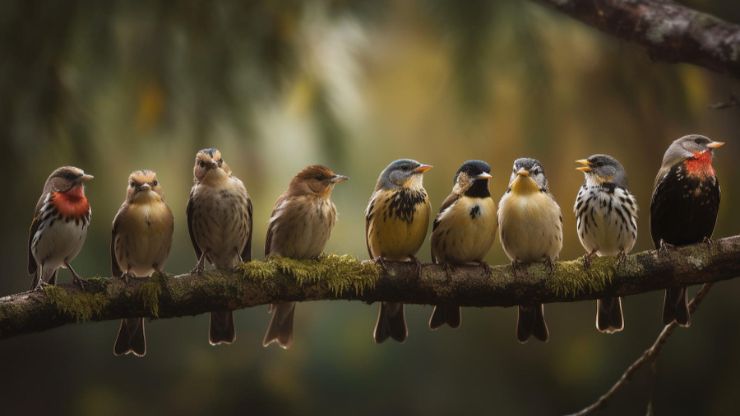Birds, renowned for their diverse nesting habits, often build intricate homes to nurture their young. However, nature’s creativity extends beyond convention, presenting us with species that defy this norm. In this article, we explore the intriguing world of nine bird species that have evolved alternative nesting strategies. These remarkable creatures, ranging from the majestic albatross to the elusive potoo, challenge our understanding of avian behavior. By delving into their unique adaptations, we gain insight into the complexities of the natural world and the ingenious ways in which birds ensure the survival of their offspring. Join us on a journey through the fascinating realm of avian nesting behaviors.
Table of Contents
ToggleBird Species That Don’t Make Nests
1. Albatross
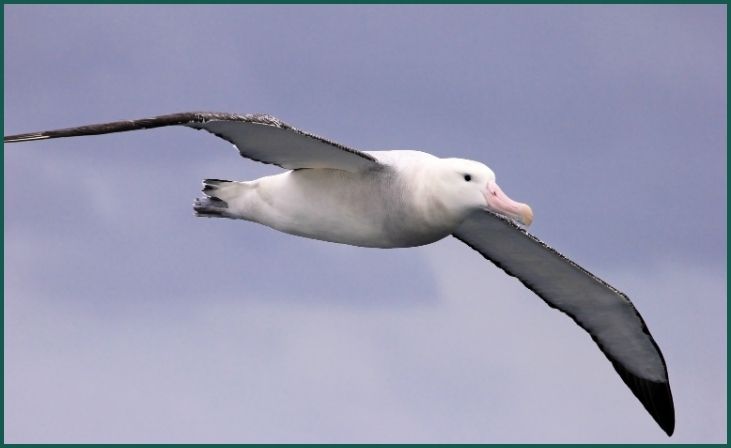
Albatrosses, with their awe-inspiring wingspans and mastery of the open ocean, are renowned for their unique nesting habits. Unlike many other birds, albatrosses do not construct traditional nests. Instead, they lay their eggs directly on the ground or on rocky ledges of remote islands. This strategy minimizes the need for materials and energy expenditure typically associated with nest-building. Albatross colonies often inhabit isolated locations, providing a natural barrier against land-based predators. Furthermore, their nesting sites are carefully selected to take advantage of prevailing winds and minimal human disturbance. By forgoing elaborate nests, albatrosses demonstrate an evolutionary adaptation that prioritizes simplicity and efficiency in reproduction, allowing them to thrive in the challenging environments of the open ocean.
2. European Storm Petrel
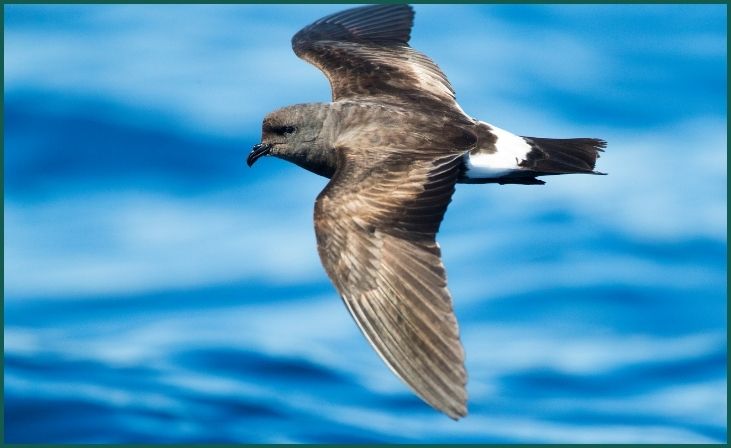
European storm petrels, small seabirds with a remarkable capacity for endurance flight, exhibit unconventional nesting behaviors suited to their marine lifestyle. These birds eschew traditional nests, instead opting to lay their eggs in burrows or crevices on remote islands. This strategy offers protection from predators and harsh weather conditions, ensuring the safety of their offspring. By nesting in secluded locations, European storm petrels minimize the risk of disturbance, allowing them to focus on the essential tasks of incubation and raising their young. This nesting behavior reflects the resourcefulness and adaptability of these seabirds, enabling them to thrive in the dynamic and often challenging environments of the open ocean.
Also Read : 7 of the Most Endangered Species in the World
3. Emperor Penguin
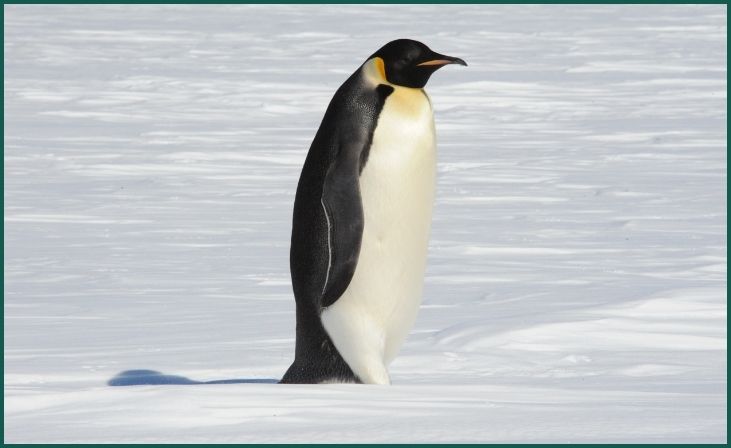
Emperor penguins, iconic inhabitants of the Antarctic continent, have evolved a remarkable nesting strategy to survive the extreme conditions of their habitat. Unlike most birds, emperor penguins do not build nests. Instead, they rely on the warmth of their own bodies to incubate their eggs during the harsh Antarctic winter. Male emperor penguins huddle together in large groups, forming a tight-knit circle to shield their eggs from the biting cold and relentless winds. This communal nesting behavior not only provides essential warmth but also fosters social bonds among colony members. By forgoing traditional nests and relying on the collective warmth of their colony, emperor penguins demonstrate an extraordinary adaptation to their icy environment, ensuring the survival of their species in one of the harshest environments on Earth.
4. Swift
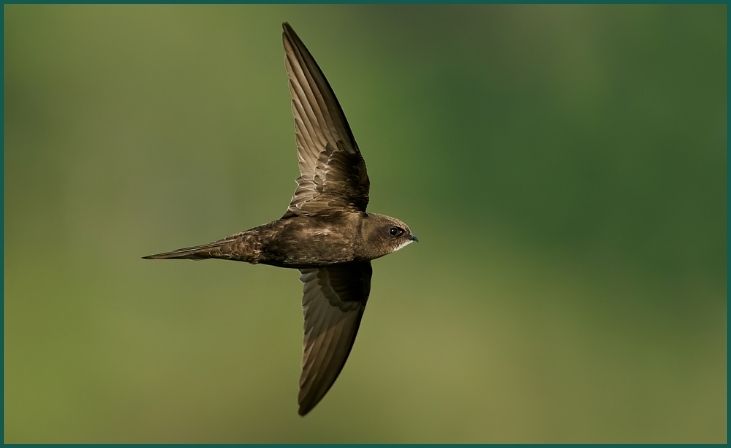
Swifts, renowned for their exceptional aerial agility and migratory feats, exhibit a unique nesting strategy adapted to their life on the wing. Unlike many other birds, swifts do not construct nests in the traditional sense. Instead, they utilize their strong feet to cling to vertical surfaces in caves, cliffs, or buildings, where they lay their eggs in crevices or on protruding ledges. This nesting behavior allows swifts to capitalize on their aerial lifestyle, minimizing the time spent on land and maximizing opportunities for foraging and flight. By nesting in high, inaccessible locations, swifts also gain protection from ground-based predators, ensuring the safety of their offspring. This nesting strategy reflects the remarkable adaptability and resourcefulness of swifts in navigating their dynamic and often challenging environments.
5. Sand Martin

Sand martins, small migratory birds belonging to the swallow family, have evolved an ingenious nesting strategy perfectly suited to their sandy habitats. Instead of building traditional nests, sand martins excavate intricate burrows in sandy cliffs or riverbanks. These burrows provide a safe and insulated environment for nesting, protecting their eggs and offspring from predators and the elements. Sand martins exhibit remarkable precision and efficiency in excavating their burrows, often digging several feet into the sand to create a suitable nesting chamber. By utilizing natural materials and resources in their environment, sand martins minimize the energy expenditure associated with nest-building, allowing them to allocate more resources to reproduction and survival. This nesting behavior underscores the adaptive prowess and ingenuity of sand martins in thriving in their dynamic and often challenging habitats.
Don't just scroll, subscribe!
BuzzTrail's unique web-stories are the cure for boredom you've been waiting for.
6. Frigatebird
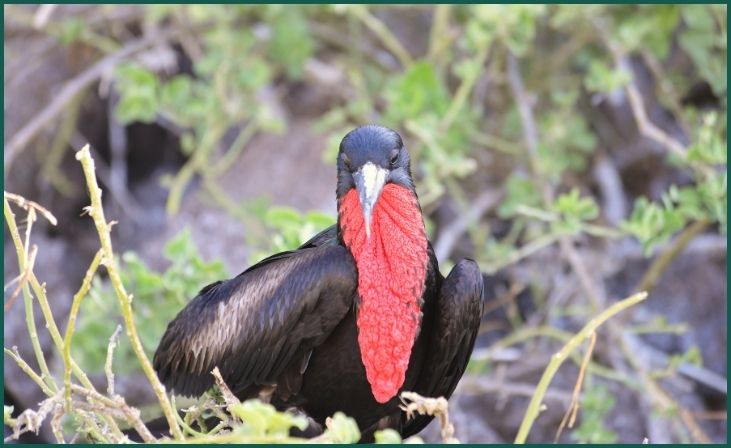
Frigatebirds, renowned for their aerial prowess and distinctive silhouette, exhibit an unconventional nesting strategy adapted to their life on the open ocean. Instead of building nests, frigatebirds rely on their keen aerial skills to snatch food from the ocean surface, spending much of their lives in flight. When it comes time to breed, frigatebirds often lay their eggs on bare branches or cliff ledges, utilizing stable perches to protect their offspring from falling or being disturbed. This nesting behavior reflects the resourcefulness and adaptability of frigatebirds in navigating their dynamic marine environment. By forgoing traditional nests and relying on their aerial agility, frigatebirds ensure the survival of their species in the challenging and often unpredictable world of the open ocean.
7. Cuckoo
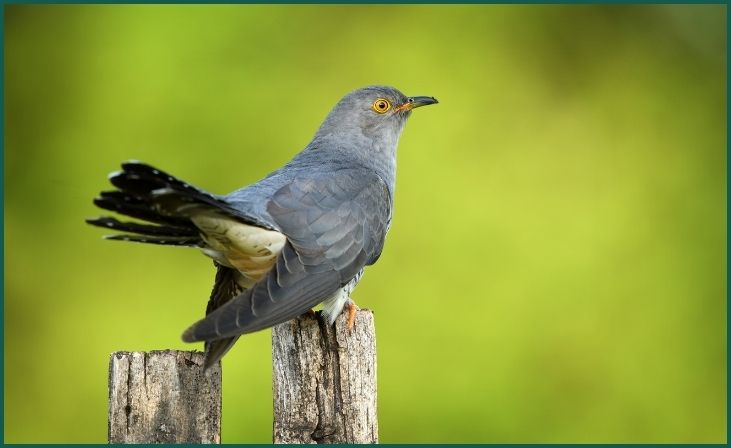
Cuckoos, renowned for their cunning nesting strategy, practice brood parasitism, laying their eggs in the nests of other bird species. By mimicking the eggs of their unwitting hosts, cuckoos deceive other birds into raising their offspring, freeing themselves from the burdens of nest-building and parental care. This unique nesting behavior allows cuckoos to allocate more resources to reproduction and survival, maximizing their reproductive success. However, cuckoos face challenges in selecting suitable hosts and ensuring the survival of their offspring in the care of other species. By exploiting the parental care of other birds, cuckoos demonstrate an adaptive strategy that prioritizes efficiency and survival in the competitive world of avian reproduction.
8. Razorbill

Razorbills, seabirds that inhabit coastal cliffs and rocky shores, have evolved a unique nesting strategy adapted to their rugged marine habitat. Instead of building traditional nests, razorbills lay their eggs on narrow ledges or in rocky crevices, utilizing natural formations for protection from predators and the elements. This nesting behavior allows razorbills to thrive in their coastal environment, minimizing the energy expenditure associated with nest-building while maximizing opportunities for reproduction and survival. However, razorbills face challenges in securing suitable nesting sites and defending their eggs from predators such as gulls and skuas. By nesting on coastal cliffs, razorbills demonstrate an adaptive strategy that capitalizes on the resources and opportunities available in their dynamic marine habitat.
Also Read : 8 Deadliest Animals In North America
9. Potoo
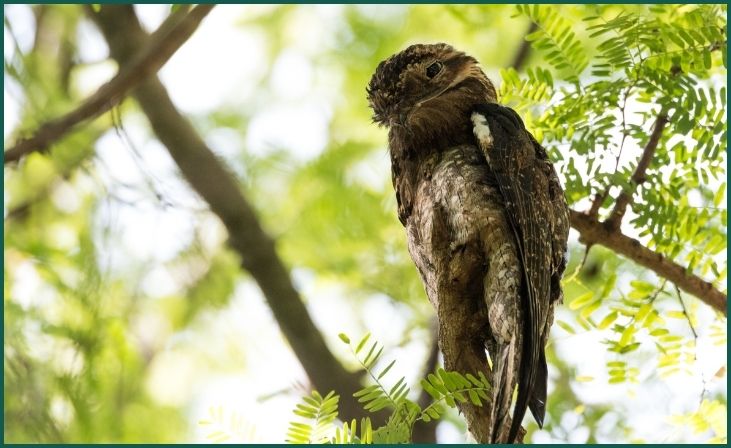
Potoos, nocturnal birds known for their cryptic plumage and haunting calls, exhibit a unique nesting strategy perfectly suited to their secretive lifestyle. Instead of building nests, potoos lay their eggs on bare branches, relying on their remarkable camouflage to blend in with their surroundings. This nesting behavior helps potoos evade detection by predators while incubating their eggs, minimizing the risk of predation and ensuring the survival of their offspring. Potoos face challenges in selecting suitable nesting sites and defending their eggs from predators such as snakes and owls. By utilizing camouflage and stealth, potoos demonstrate an adaptive strategy that prioritizes survival in the competitive world of nocturnal predators.
Conclusion
In conclusion, the exploration of nine bird species that eschew traditional nesting practices unveils the remarkable diversity of nature’s solutions to survival challenges. From the remote islands where albatrosses lay their eggs on barren ground to the coastal cliffs where razorbills perch precariously, each species showcases adaptations finely tuned to their environments. Through their unconventional nesting behaviors, these birds remind us of the boundless ingenuity of life on Earth. By studying and appreciating their strategies, we deepen our understanding of the intricate web of life and the interconnectedness of species in ecosystems worldwide. Let us continue to marvel at nature’s wonders and strive to preserve the habitats that sustain these remarkable avian marvels for generations to come.
FAQs
Do razorbills face any challenges with their cliff-dwelling nesting strategy?
Do razorbills face any challenges with their cliff-dwelling nesting strategy?
While nesting on coastal cliffs offers protection from terrestrial predators, razorbills must contend with the risk of accidental falls or disturbances from human activity.
How do sand martins ensure the safety of their burrow nests?
How do sand martins ensure the safety of their burrow nests?
Sand martins excavate burrows in sandy cliffs or riverbanks, providing a secure and insulated nesting environment for their offspring.

